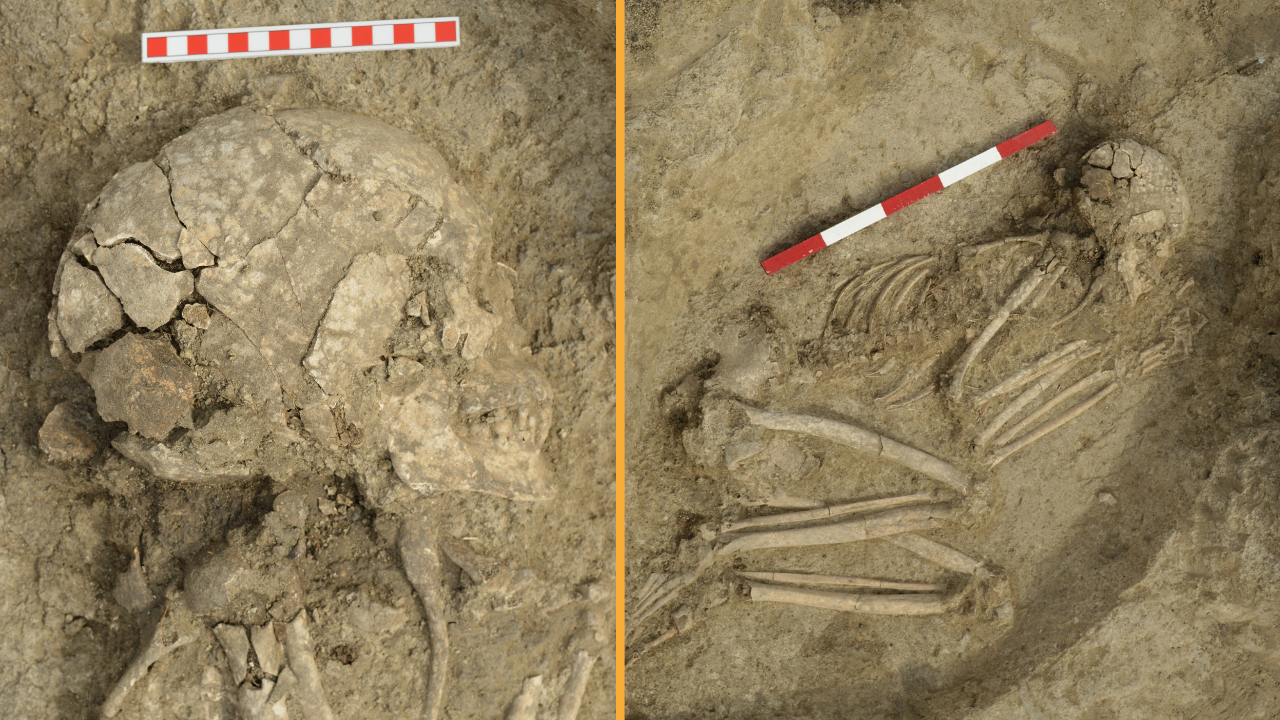Acadia National Park: Glacier-Carved Beauty

Acadia Bubbles
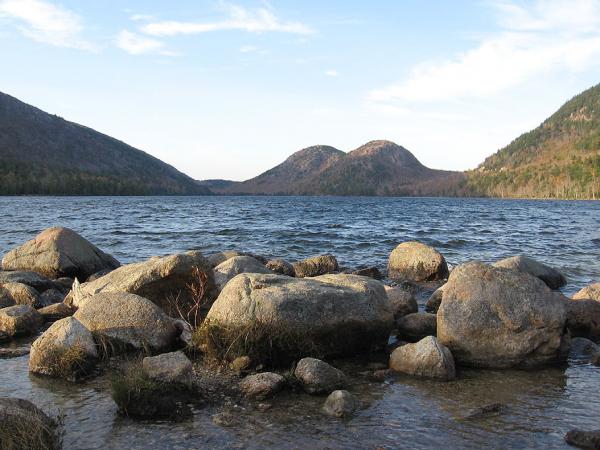
Acadia National Park, near Bar Harbor, Maine, attracts 2 million visitors each year from across the country to enjoy some of the most awe-inspiring wildlife and scenery on the East Coast and there is some interesting science behind some the park's most popular and amazing natural features.
Thunder Hole
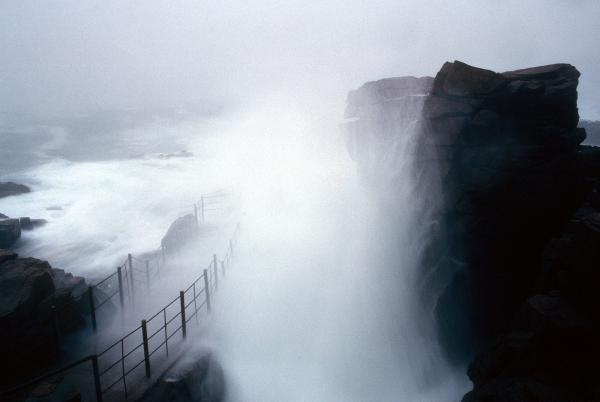
Brace yourself for the brute force of the sea smashing into Maine's rocky shores. Thunder Hole, a geologic formation on Mount Desert Narrows, is a small inlet that invites waves in from sea. When the waves arrive, a thunderclap erupts as the water slaps the end of the inlet, shooting water up to 40 feet (12 meters) high and giving the stunning feature its name.
Baker Island
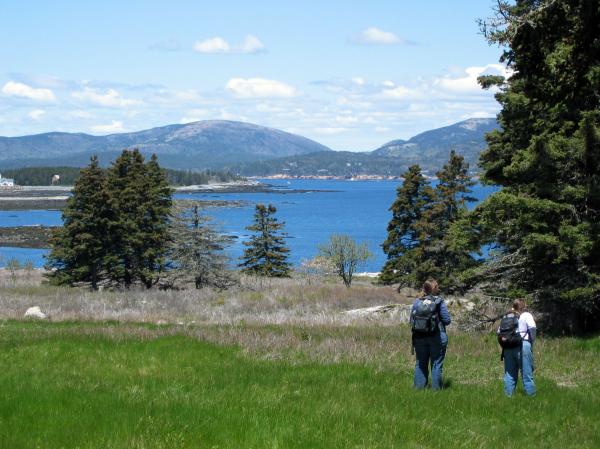
Peer back in time, to what life was like in the 19th century on Baker Island, the homestead of the Giley family for 123 years. The island's storm-sculpted ocean scenery is the result of waves battering the island over the years. Baker Island is also home to a lighthouse built in 1828 that once burned whale oil, but in a nod to the future, is now powered by a 35-watt solar panel.
Earthquake Effects
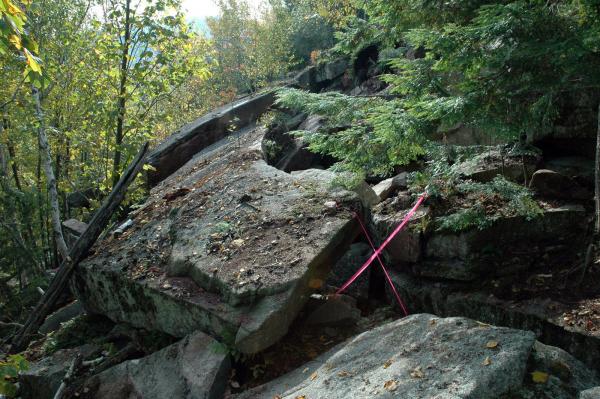
A 3.8-magnitude earthquake rocked Acadia National Park on October 2, 2006. Visitors can still view the effects of a truly rare occurrence in this part of the country in the giant fallen rocks on Park Loop Road, which winds around the national park. Only 507 earthquakes have occurred in Maine between 1747 to 1992. Maine's largest earthquake was a magnitude 5.1 that struck in 1904.
Acadia's Coastline
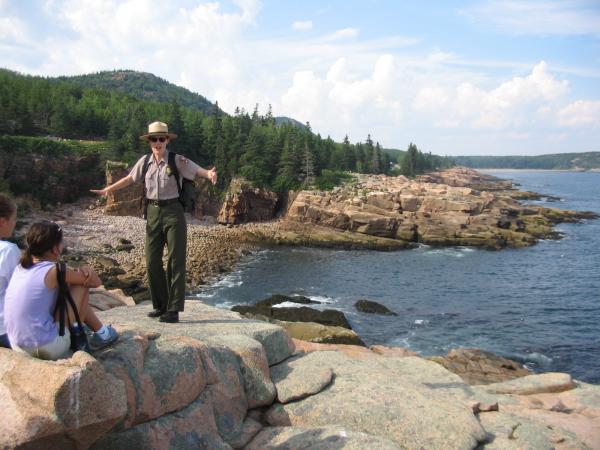
The park's coast is constantly changing, and while the pace of change is far too slow for the average visitor to notice, there are still visible signs of it. Acadia is famous for its cobblestone beaches, where rocks have been rounded down by ocean waves over thousands of years.
The coastline also is dotted with sea cliffs, which have been similarly worn down over the eons, occasionally producing visually stunning sea stacks stacks of ocean smoothed stones. At one time, Acadia's coastline was actually 250 feet (76 meters) lower than it is now, but was raised by after glaciers that once covered the area receded, which caused the land below to rebound and rise.
Evidence of the raised coastline is found in the form of sea caves that are hundreds of feet above sea level. Sea caves are only formed at sea level, and are filled with the round cobblestones, however many have been pilfered by visitors.
Beaver Adaptations
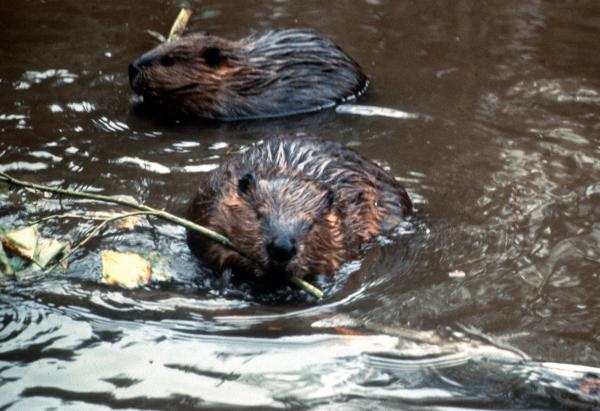
The beaver is North America's largest rodent and about roughly 25 beaver families (2 to 6 beavers per family) call Acadia home. The beaver's evolutionary adaptations are ideal for the chilly waters around Acadia: webbed hind feet act as flippers for swimming; split claws are ideal for grooming and spreading water-proofoil on its fur, which acts like a wet suit; and transparent eyelids acts like goggles. A beaver's tail acts as a rudder, a tripod while standing, or warning signal when slapping water.
"Acadia is a great place to see them in the wild, and around dusk," said David Manski, a resources manager at Acadia. Be on the lookout for flooded areas this indicates beavers have been at work damming a nearby stream.
Bird by Bird
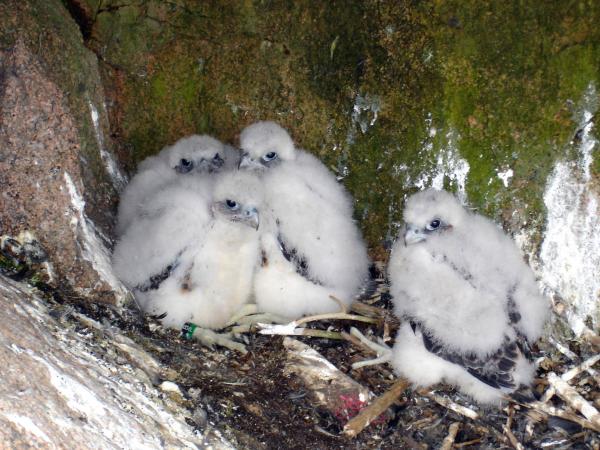
Acadia takes pride in its Peregrine Falcon population, and the park offers one of the best opportunities to view Falcon nesting in the wild.
"You're able to see them on such magnificent areas as the east face of Champlain Mountain," Manski said.
The birds are currently nesting, which lasts from late February through early March. The chicks will hatch a few weeks later, and hang around until mid-August. Visit the park during nesting season for an opportunity to spy on Falcon chicks learning to fly and feed. The park also hosts "hawk watch" tours in the fall, where visitors can spot the birds during their southern migration.
Get the world’s most fascinating discoveries delivered straight to your inbox.
Cadillac Mountain Geology
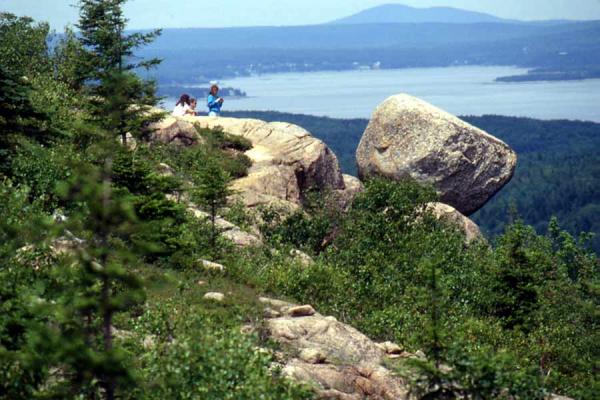
As the highest point on the eastern seaboard, Cadillac Mountain offers some of the most breathtaking views of Acadia. The mountain is actually the center of an ancient volcano formed 420 million years ago in what was once an entire region of volcanoes. Unlike most volcanoes, Cadillac Mountain is not made of ash or lava, but of granite. Granite is an igneous rock that is formed with fire and then cooled at the center of a volcano. Lucky visitors to Acadia may stumble upon the three types of large crystals found in Cadillac Mountain's granite: feldspar, quartz and hornblende.
Loony Loons
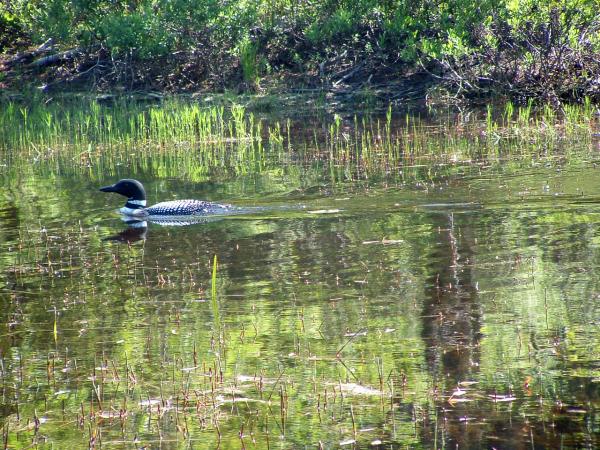
Although you may hear their loud, distinctive call around the park, you'll have to venture near the water to catch a glimpse of a loon. That's because these birds are unable to walk on land since their legs are situated too far back on their bodies. Loons lay only one or two eggs at a time on nests within inches of the water, which they then incubate. Sometimes, though, they get spooked off by minks, raccoons and bald eagles and can't protect their eggs from these predators Loons will take their chicks into water to protect them by giving them piggyback rides. The park is dotted with yellow "Look Out For Loons!" signs, so give them plenty of space so you don't separate young from parents.
"If you see a Loon on the land it's likely that it's attending the nest ... and if it's yelling it means you're probably too close," Manski said. Keep binoculars handy.
Mount Desert Island
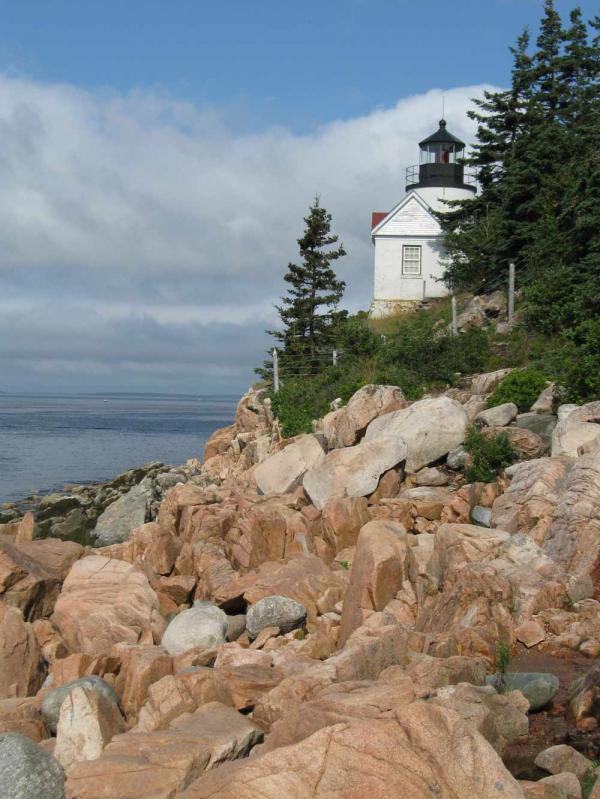
The last ice age left quite an impression on Acadia National Park, which takes up a large portion of Mount Desert Island. The glacier that once covered the area receded over the past 18,000 years, leaving behind the elongated mountains and lakes present in the area today. The "bald" summits of many of the park's hilltops are another effect of the glaciers, which scraped off vegetation, revealing the beautiful pink granite underneath. These bare tops are what gave explorers the idea for the island's name. The glacier also carried a glacial oddity called Bubble Rock by carrying it 19 miles and dropping it on the side of South Bubble Mountain.
More info:
Location: Rte 233 McFarland Hill Bar Harbor, ME 04609.
Phone: (207) 288-3338.
Website: NPS.gov
Peak Tourist Season: Summer - Early Fall
Average Seasonal Temperatures:
Winter: 24 Fahrenheit (minus 4 Celsius)
Spring: 52 F (11 C)
Summer: 75 F (24 C)
Fall: 58 F (14 C)


